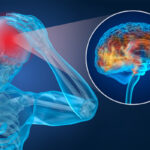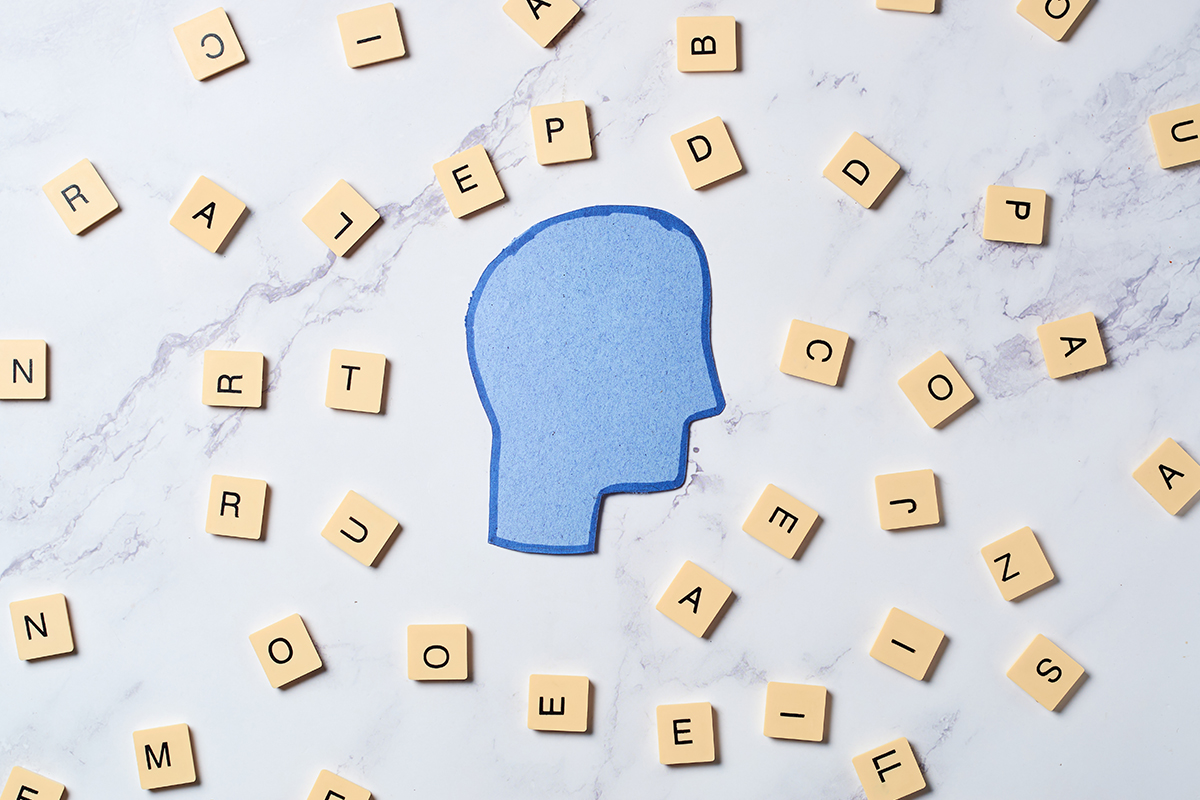Dysgraphia is a handwriting impairment that can interfere with learning.
Students with dysgraphia can experience issues with writing, spelling, or both. In today’s blog post, we share dysgraphia insights and the learning challenges it presents.
What Causes Dysgraphia?
Dysgraphia is related to orthographic coding, which is the ability to store written words in working memory.
Children with dysgraphia might also display difficulty with sequential finger movements, such as touching their thumb to their other fingers. It can also affect children with attention-deficit disorder (ADHD), dyslexia, and oral and written language learning disability (OWL LD).
How is Dysgraphia Diagnosed?
Some of the common signs teachers, psychologists, and occupational therapists use to diagnose dysgraphia include:
- Slow writing speed
- Illegible handwriting
- Inconsistency between spelling ability and verbal intelligence quotient
- Processing delays in graphomotor planning
- Delays in orthographic awareness
- Difficulty writing letters correctly
- Grammatically incorrect sentences
- Spacing letters incorrectly
- Not writing in a straight line
- Difficulty holding and controlling writing tools
- Skipping letters when spelling words
Why is a Diagnosis of Dysgraphia Important?
Diagnosis ensures early interventions are provided so children have the specialized instruction required to build their writing skills.
There are few systematic instructional programs in handwriting and spelling in schools today, so it is essential to determine if the issues related to a child’s learning abilities are related to dysgraphia or other forms of learning disabilities such as word reading and decoding difficulties.
Early diagnosis allows children to receive explicit instruction to improve their handwriting, spelling, and composition skills. If the issues lie with other learning disabilities, such as dyslexia or OWL, they require further accommodation to help them succeed.
What Helps Children Overcome Dysgraphia?
Many activities can provide a fun and effective way for children to learn how to form letters correctly, including:
- Strengthening their hand muscles by playing with clay
- Following “mazes” with a pencil to develop motor control
- Playing Connect the Dots to complete letter forms
- Tracing letters
- Modeling letter formation with the help of a teacher
- Copying letters
As kids use these games and techniques to improve letter formation, they also develop other skills, including automatic letter writing. These skills can continue to develop using other daily exercises, including:
- Using numbered arrow cues, so they use a consistent method to form letters
- Imagining letters and then referring to images to help them connect the two
- Writing letters from memory and dictation
These exercises help improve handwriting speed and letter development for enhanced composition.
How do Exercises Help Students as They Progress Throughout K-12?
As students progress through school, they will learn new skills starting with high-frequency Anglo-Saxon words.
They then coordinate the phonological, orthographic, and morphological processes required to remember the spelling of more complex and less commonly used terms. At all stages, they continue to improve the use and formation of the most common and vital words required to succeed in their curriculum, developing strategies to compose, plan, generate, review, and revise their writing.
Dysgraphia is a learning disability that can be diagnosed early for effective treatment. However, because it can be combined with other issues such as ADHD and learning disabilities such as dyslexia, identifying problems with written expression requires a thorough assessment to ensure students receive the appropriate instruction and accommodations.
The Chicago Mind Solutions Difference
Chicago Mind Solutions works with individuals, offering neuropsychological testing and non-invasive treatment for many mental health conditions. For more information about our treatments and teletherapy options, please contact us at (224) 723-5050 or email info@chicagomindsolutions.com.






